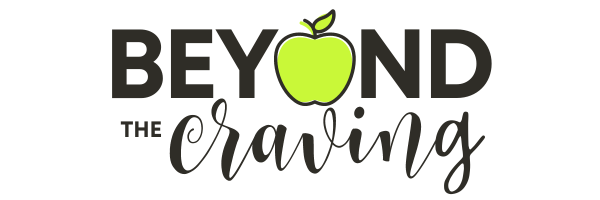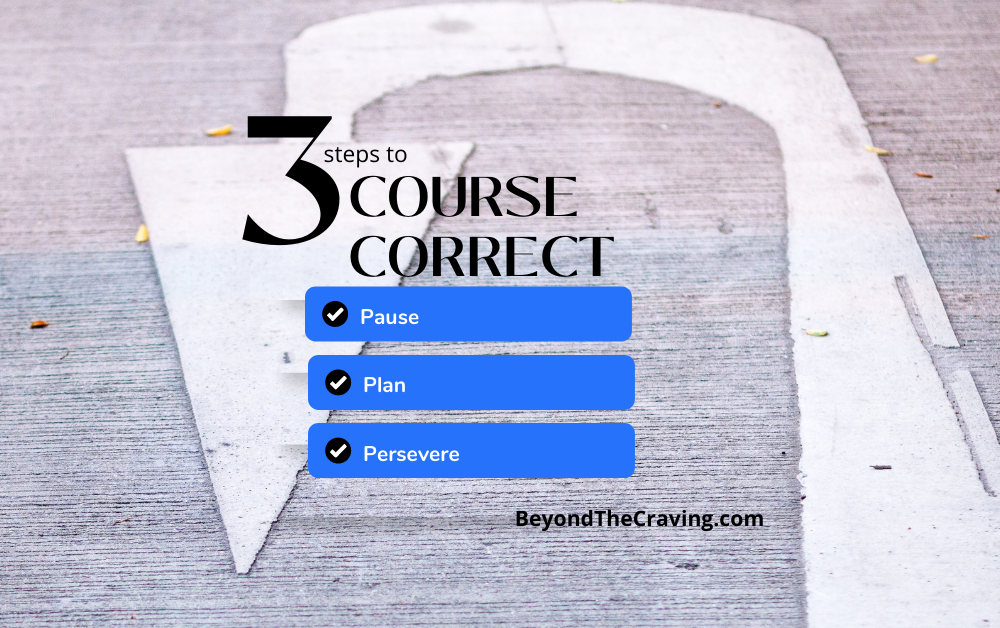Philippians 4:13; I can do all things through him who strengthens me.
The process of breaking bad habits and building better ones takes some trial and error. Sometimes we make a mistake, take a wrong turn, and get off course. Because of this, we will practice a strategy known as course correction. In simple terms, course correction is just righting a wrong and getting back on track.
This strategy is useful when you don’t pivot early on. Even so, the best-laid plans can fail. So when they do and you find yourself sliding deeper into the rabbit hole of your destructive habit then a course correction is a good option.
Keep in mind, failure is not a dead end, but a fork in the road. What we choose to do next in this situation will define our success. Knowing this is a key component of course correction because conflict is there to refine you, not define you. When a mistake or a misstep is made, own it. Learn from it. Adjust your perspective and find your way back.
First step in course correction is to pause. Doing so will put a hard stop to the downward spiral.
The next step, make a plan to get back on track. Focus on the new destination and plot action steps on how to get there.
Third step is perseverance in the follow through. Don’t look back. Don’t linger. Don’t hesitate. Put your plan into action.
Course correction is a game-changing strategy. It resets us in the right direction—the direction we really want to go. And it is foundational to our freedom because the truth is, we will make mistakes.
Even so, don’t let these missteps define you. Learn from them and let them refine how you react the next time.
Be bold. Be brave. Be free.
Tell Me More:
- Practice a few course corrections today using the three-step process:
- Pause
- Plan
- Persevere
- How can you remind yourself to course correct when you get off track with the craving or habit you are trying to change?
- Remember, failure doesn’t have to be fatal; count your losses as lessons and try again.

